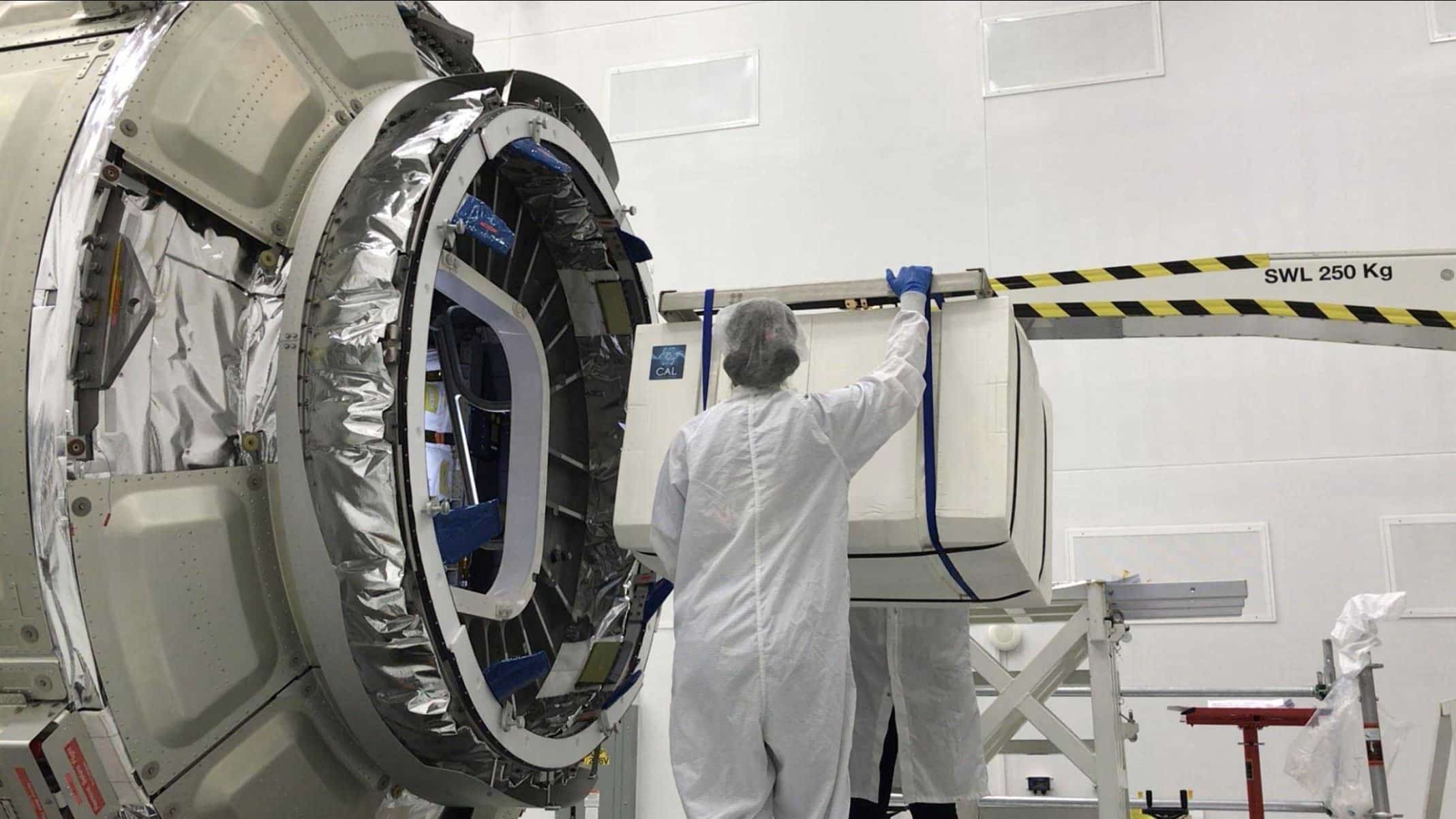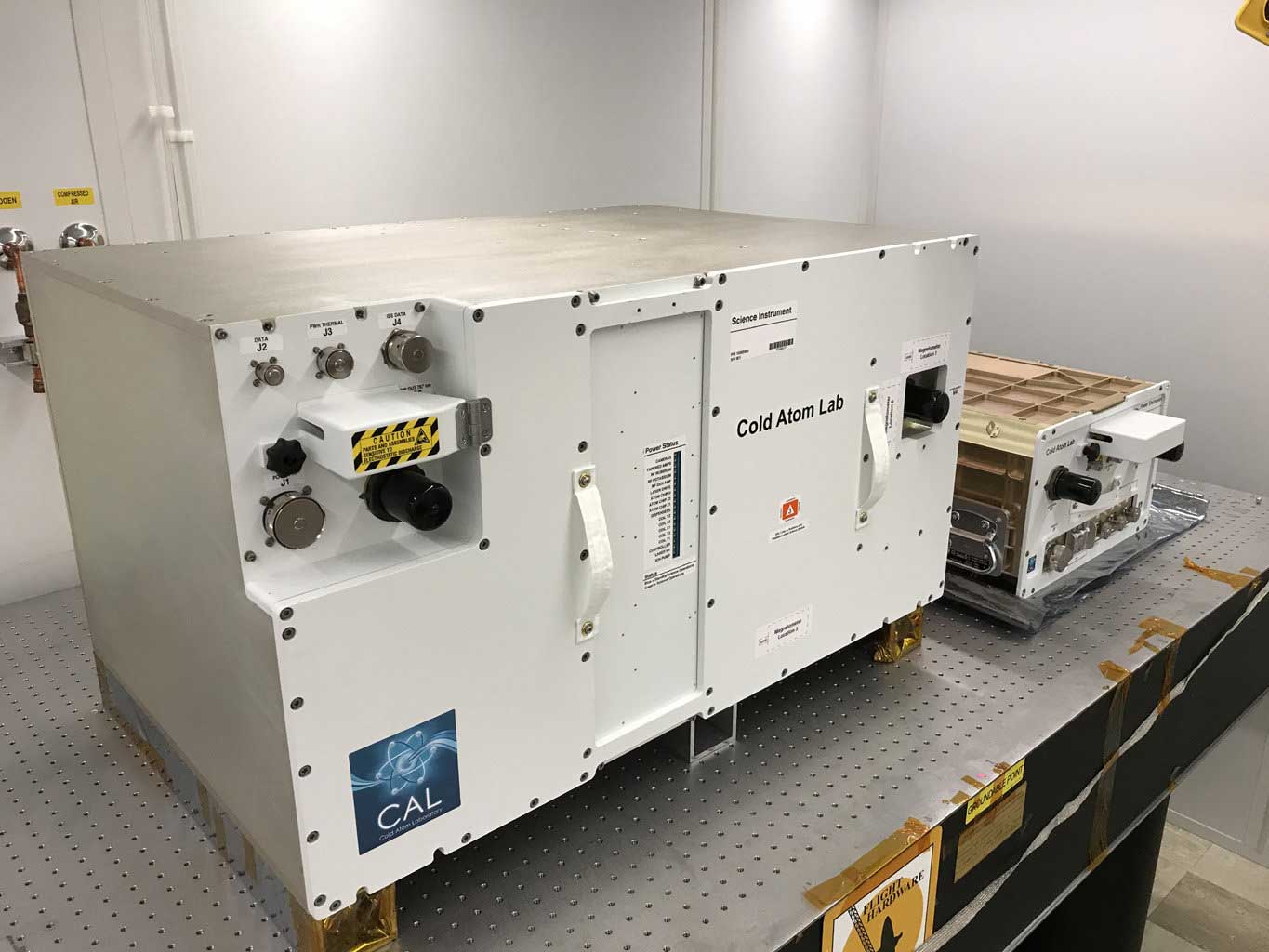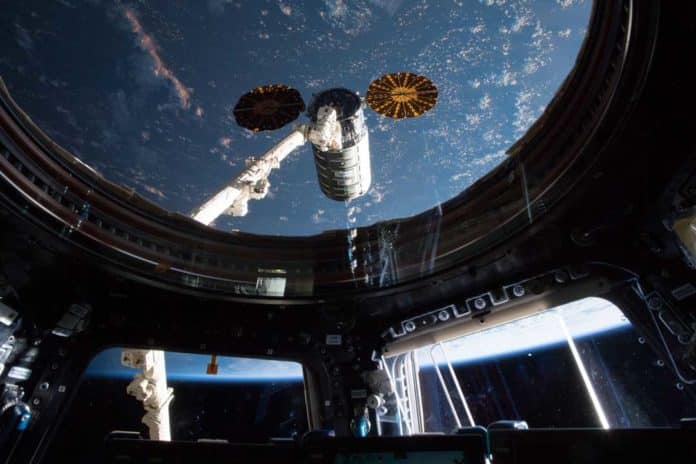NASA’s Cold Atom Laboratory on the International Space Station creating something even colder than a winter day in Antarctica dip as low as -120ºF (-85ºC) or -280ºF (-173ºC). This will be the first facility in orbit to produce clouds of “ultracold” atoms, which can reach a fraction of a degree above absolute zero: -459ºF (-273ºC), the absolute coldest temperature that matter can reach.
Until now, even nature could not hit temperatures achieved in laboratories like CAL. It suggests that the orbiting facility is regularly the coldest known spot in the universe.

NASA‘s Cold Atom Laboratory on the International Space Station is regularly the coldest known spot in the universe. But why are scientists producing clouds of atoms a fraction of a degree above absolute zero? And why do they need to do it in space?
The reason is Quantum physics.
Seven months after its May 21, 2018, dispatch to the space station from NASA’s Wallops Flight Facility in Virginia, CAL is producing ultracold atoms daily. Five groups of researchers will complete trials on CAL amid its first year, and three investigations are already underway.

Why cool atoms to such an extreme low? Room-temperature atoms regularly speed around like hyperactive hummingbirds, however, ultracold atoms move much slower than even a snail. Points of interest differ, however ultracold atoms can be in excess of multiple times slower than room-temperature atoms.
This opens up better approaches to think about particles and in addition better approaches to utilize them for examinations of other physical phenomena. CAL’s primary science objective is to lead key material science to inquire about—to endeavor to comprehend the activities of nature at the most crucial dimensions.
Rob Thompson, a cold atom physicist at NASA’s Jet Propulsion Laboratory in Pasadena, California, and the mission scientist for CAL said, “With CAL we’re starting to get a really thorough understanding of how the atoms behave in microgravity, how to manipulate them, how the system is different than the ones we use on Earth. This is all knowledge that is going to build a foundation for what I hope is a long future of cold atom science in space.”
Laboratories on Earth can produce ultracold atoms, but on the ground, gravity pulls on the chilled atom clouds and they fall quickly, giving scientists only fractions of a second to observe them. Magnetic fields can be used to “trap” the atoms and hold them still, but that restricts their natural movement. In microgravity, the cold atom clouds float for much longer, giving scientists an extended view of their behavior.

The process to create the cold atom clouds starts with lasers that begin to lower the temperature by slowing the atoms down. Radio waves cut away the warmest members of the group, further lowering the average temperature. Finally, the atoms are released from a magnetic trap and allowed to expand.
This causes a drop in pressure that, in turn, naturally causes another drop in the cloud’s temperature (the same phenomenon that causes a can of compressed air to feel cold after use). In space, the cloud has longer to expand and thus reach even lower temperatures than what can be achieved on Earth—down to about one ten billionths of a degree above absolute zero, perhaps even lower.
Building a cold atom laboratory for space posed several design challenges, some of which change the fundamental nature of these facilities. First, there was the matter of size: CAL flew to the station in two pieces—a metal box a little larger than a minifridge and a second one about the size of a carry-on suitcase. Second, CAL was designed to be operated remotely from Earth, so it was built as a fully enclosed facility.
All the hard work and problem solving since the mission’s inception in 2012 turned the CAL team’s vision into reality this past May. CAL team members talked via live video with astronauts Ricky Arnold and Drew Feustel aboard the International Space Station for the installation of the Cold Atom Laboratory, the second ultracold atom facility ever operated in space, the first to reach Earth orbit and the first to remain in space for more than a few minutes. Along the way, CAL has also met the minimum requirements NASA set to deem the mission a success and is providing a unique tool for probing nature’s mysteries.
